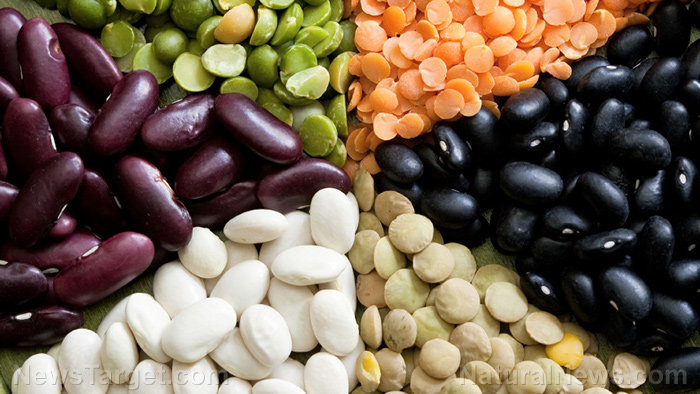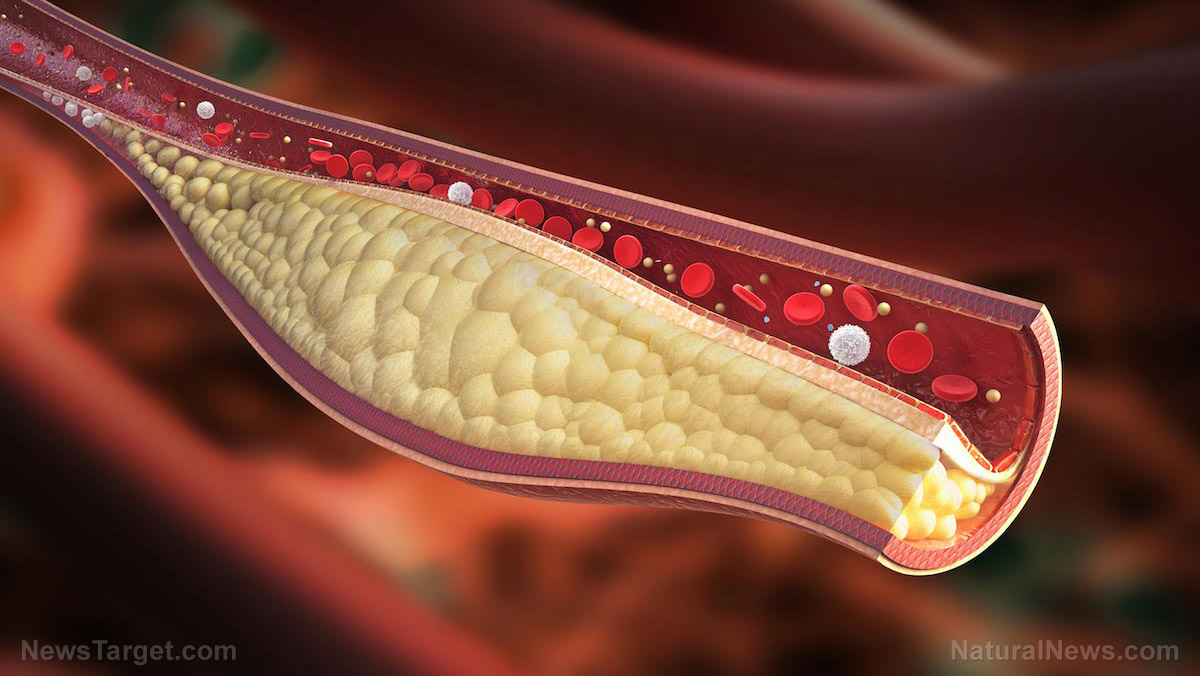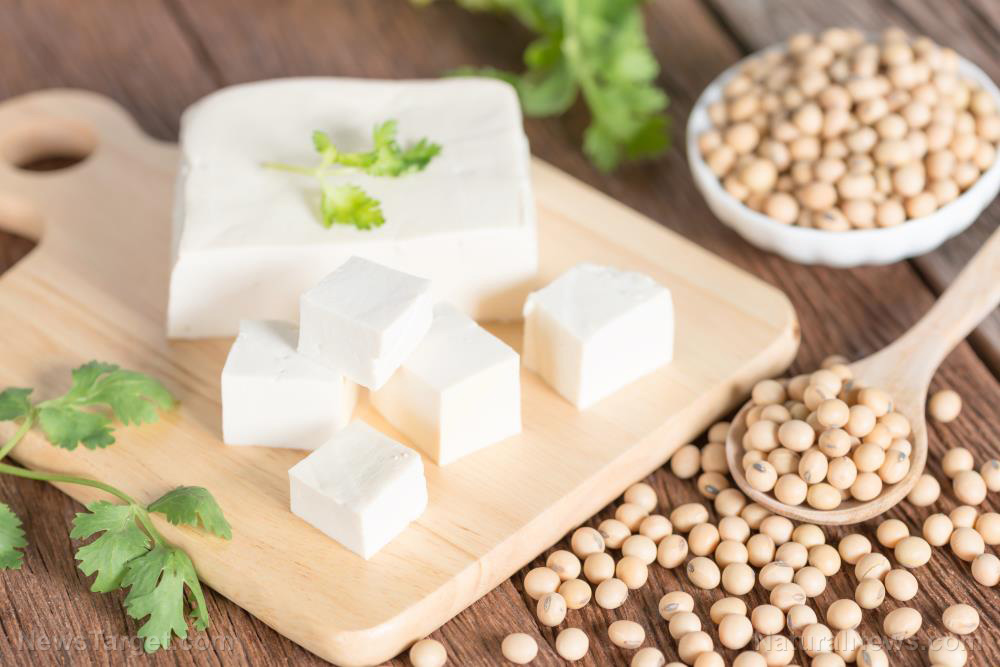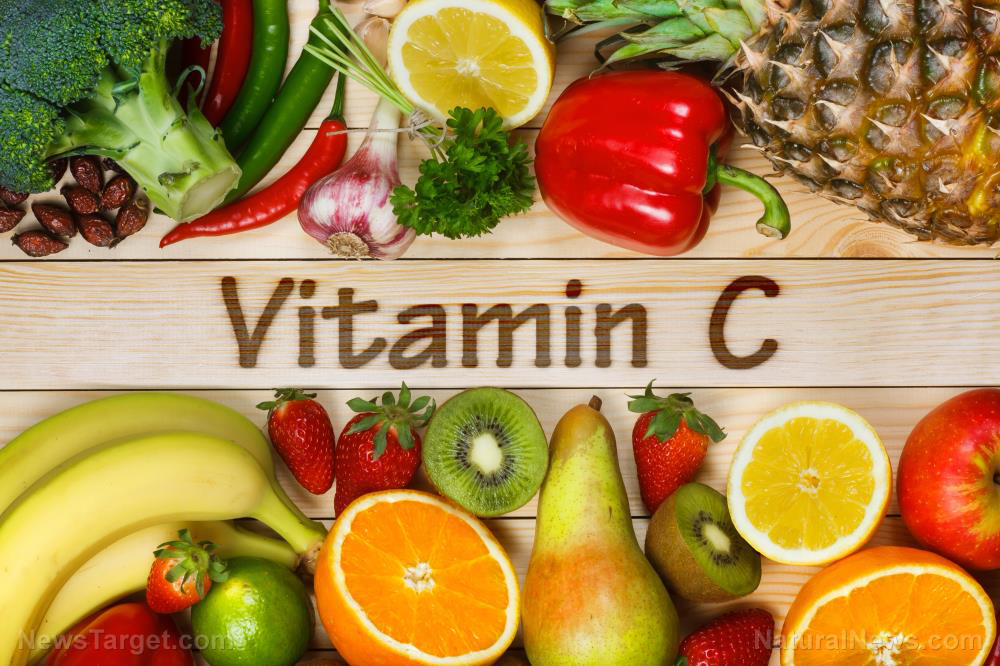Application of food therapy in TCM for controlling hypertension
06/11/2019 / By Michelle Simmons

A study published in The American Journal of Chinese Medicine looked at the beneficial effects of food therapy on controlling hypertension or high blood pressure. The study was conducted by Ping Zou, a researcher at Nipissing University in Canada.
- This paper sums up basic concepts of traditional Chinese medicine (TCM), the principles of food therapy, and its application for hypertension control according to Chinese literature.
- In TCM, food is conceptualized based on the nutritional and functional aspects and can be used to treat diseases.
- There are four principles of TCM food therapy that can be used for hypertension management: light eating, balancing the “hot” and “cold” nature of food, the harmony of the five flavors of food, and consistency between dietary intake and different health conditions.
- Based on a statistical analysis of antihypertensive foods recommended in 20 books on the application of food therapy for hypertension control, the 38 most frequently recommended are apple, banana, bitter melon, black fungus, buckwheat, carrots, celery, corn, dairy products, eggplant, garland chrysanthemum, garlic, green beans, green onion, hawthorn, honey, jellyfish, kiwi, laver, mushroom, oat, onion, pea, peanut, pear, persimmon, potato, sea cucumber, seaweed, shepherd’s purse, soy products, soybean, spinach, tea, tomato, vinegar, watermelon, and winter melon.
- Food therapy focuses on the therapeutic effects of food, considering its nature, taste, and function on human balanced health, which results in optimal blood pressure management.
In sum, current literature indicated that food therapy is effective in controlling blood pressure.
To read more studies on the health benefits of food on hypertension, visit FoodIsMedicine.com.
Journal Reference:
Zou P. TRADITIONAL CHINESE MEDICINE, FOOD THERAPY, AND HYPERTENSION CONTROL: A NARRATIVE REVIEW OF CHINESE LITERATURE. The American Journal of Chinese Medicine. 17 November 2016; 44(8): 1579-1594. DOI: 10.1142/S0192415X16500889
Tagged Under: blood pressure, food is medicine, food science, food therapy, foodcures, functional food, high blood pressure, hypertension, research, TCM, therapies, traditional Chinese medicine



















